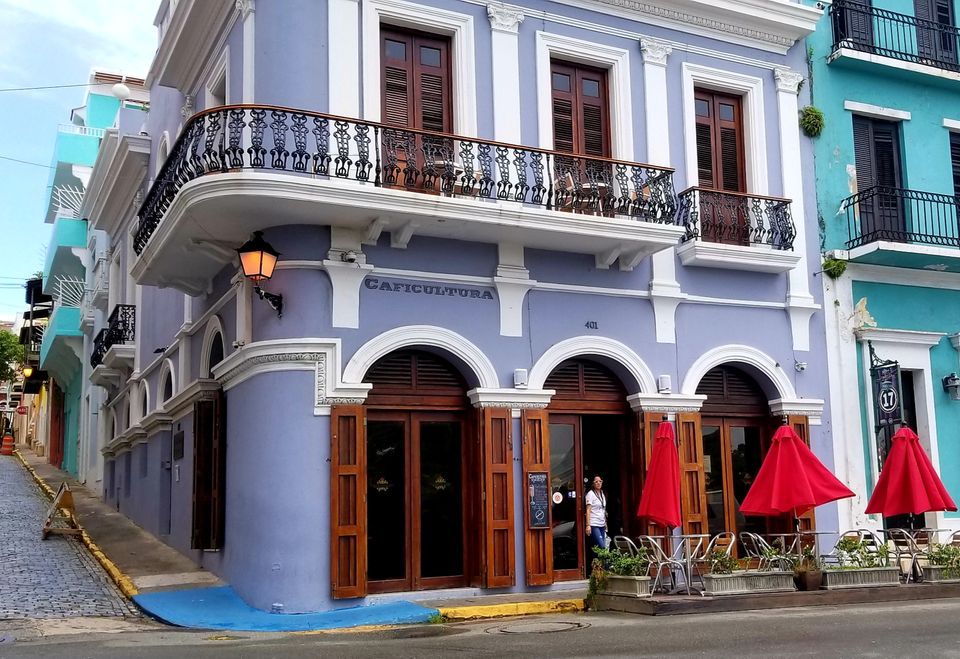Pondering Puerto Rico, Mexico & LatAm

There's a well-known fantastical element to much great Spanish Latin America literature and art, and one could regard fantastical aspirations such as creating a new EU as being in line with such a worldview.
The reality is somewhat different. Our research has consistently found Latin America to lag the other developing regions of the world over the past 10 years. Mexico, for example, ranks 118thout of 144 nations in our core rankings of technological and socioeconomic dynamism. Other nations in the region in our lowest tier of performance include Venezuela, Paraguay, Bolivia, Guatemala, and the Dominican Republic. A second group of nations that includes Colombia, Ecuador, Peru, and Argentina fare better, but none of these make the top 50% of performers in the world.
And yet the region remains an attractive, potentially lucrative place, as I discussed my previous article. Spanish Latin America's three top performers mentioned previously – Costa Rica, Uruguay, and Chile – indeed do very well, although even they are exceeded in other developing regions of the world by top performers such as Vietnam, Malaysia, Indonesia, Mongolia, and Rwanda, Senegal, Morocco, and South Africa.
That said, our research is not meant to be a competition nor to be critical of any country's present situation. There is optimism in Spanish World and throughout Latin America. And another key in looking at our research is to find those nations that could most benefit from renewed investment programs, and in modern times, creating a path to a sustainable economy. The lack of current, dirty infrastructure (eg, fossil-fuel energy) can be an advantage when building out new, renewable energy plants.
The Star Performers
One of our data sets contains mathematical third derivatives of development data to deliver a snapshot of immediate change, ie, which nations are on the rise right now as we sit here, and which could therefore benefit the most from investments in sustainability? In Spanish World, that data set shows El Salvador, Honduras, Colombia, and Ecuador joining Costa Rica, Uruguay, and Chile as places in which investors should take an immediate interest.
The large geographical spread of Latin America's Spanish World and a complex, diverse conquistador and immigration history of the region over the past 500 years work against a single leader emerging. Argentina views itself as a European country, the Andean/Asian nations of Peru and Bolivia consider themselves unique, while Colombia, Mexico, and many others pride themselves on their homegrown mestizo cultures. Each nation views itself as special in its own way, with its own Spanish accent and culture.
Corruption and Disparity
The region has a reputation in most American eyes for income disparity and corruption. This holds true for some of the nations, but there is a large range throughout Spanish World and Latin America. Chile and Uruguay are considered by Transparency Internationalto have corruption levels just slightly worse than that of the United States, while Costa Rica, Uruguay, and even El Salvador have less income disparity than the US. That noted, one or both of these two negative factors do continue to impede progress in many of the smaller nations in the region (including Puerto Rico), as well as large ones including Colombia, Peru, Argentina, and Mexico.
Where Oh Where to Locate?
As stated above, I've found San Juan to be a convenient and appropriate place to center our Spanish World activities. Its best coffee brands are my favorites (along with an obscure brand from the Philippines) in the world. As part of the US, it provides passport-free travel from the mainland, yet there is a palpable immersion into a clearly Spanish nation the instant one steps off the plane. Hanging out in some of tropical San Juan's restaurant districts on weekend nights is among the finer pleasures one can experience.
Outside of the US, one could make an argument for almost any major city in the region as a good place to locate. None of these arguments recognizes the enormous reality of Brazil, Latin America's largest nation in area and population by far, yet separated noticeably by its Portuguese rather than Spanish settlement history. Despite a high degree of what language experts call “lexical similarity,” the two languages are not really mutually intelligible when spoken. Brazil stands outside Spanish World in its own, separate, Latin American world.
So, although it may seem encouraging to some for Mexico to try to assert itself throughout all of Spanish World, the reality is Latin America, both its Spanish nations and its other nations, remains a place that requires deep focus on particular countries for large investments. In my case, I would love to wake up tomorrow fully fluent in Spanish, and it does behoove me to work harder on improving my skills, but even fluency won't lend itself to centralizing a view of Spanish World as a single, large market.
We see the least difficult paths to sustainability to be offered by Uruguay, Costa Rica, and Puerto Rico, with more difficult challenges in Chile and Colombia, and the most difficult in Mexico. We have very specific data outlining the magnitude of the sustainability challenges in these nations, as well as for the rest of the nations in the region.